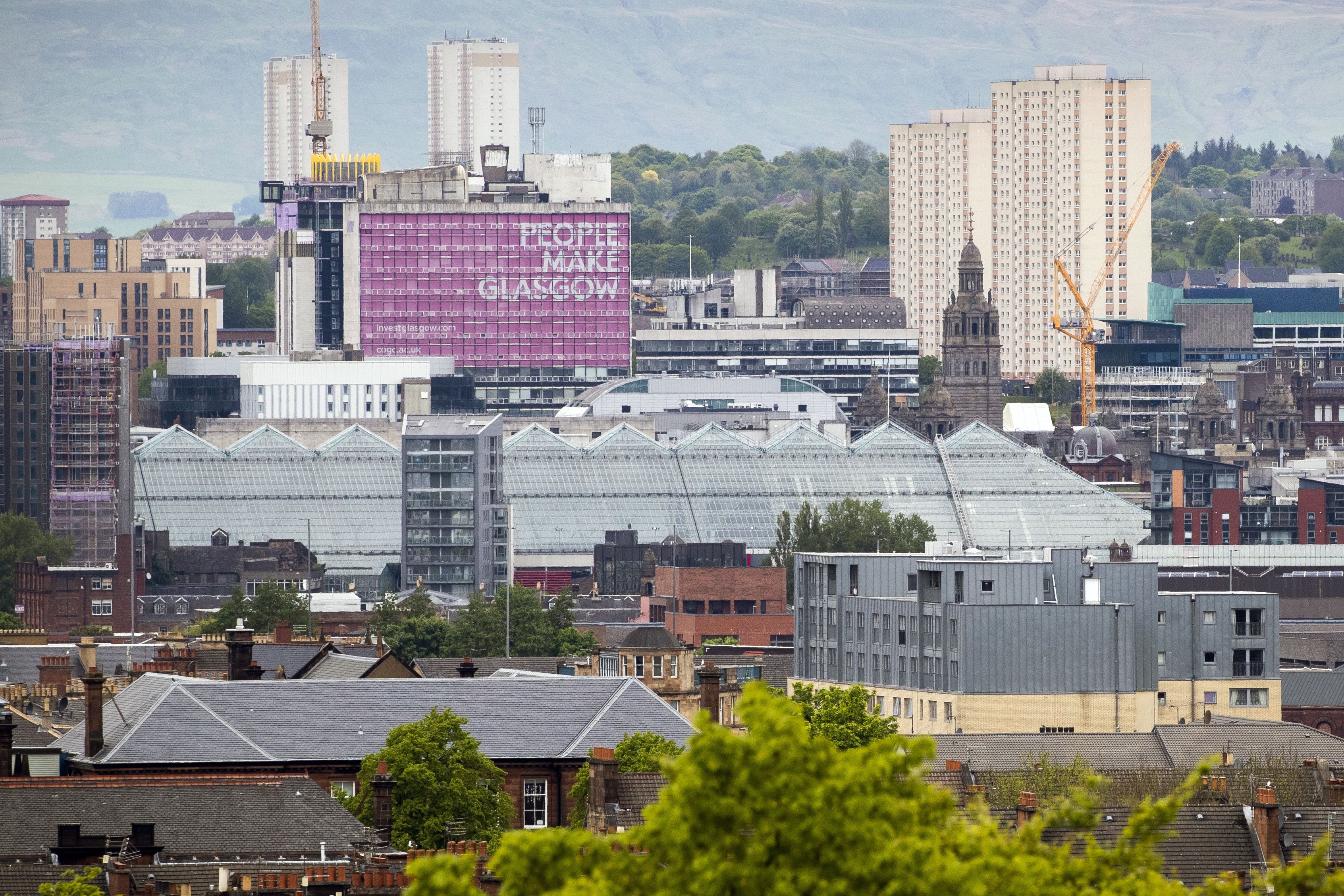Average UK house price in April was £7,000 lower than last September – ONS
The average UK house price was £286,000 in April 2023, which is £9,000 higher than 12 months earlier, the Office for National Statistics said.

Your support helps us to tell the story
From reproductive rights to climate change to Big Tech, The Independent is on the ground when the story is developing. Whether it's investigating the financials of Elon Musk's pro-Trump PAC or producing our latest documentary, 'The A Word', which shines a light on the American women fighting for reproductive rights, we know how important it is to parse out the facts from the messaging.
At such a critical moment in US history, we need reporters on the ground. Your donation allows us to keep sending journalists to speak to both sides of the story.
The Independent is trusted by Americans across the entire political spectrum. And unlike many other quality news outlets, we choose not to lock Americans out of our reporting and analysis with paywalls. We believe quality journalism should be available to everyone, paid for by those who can afford it.
Your support makes all the difference.Annual house price growth is running at around one quarter of the rate seen last summer, according to official figures.
At £286,000, the average UK house price in April this year was £7,000 below a recent peak in September 2022.
UK house prices increased by 3.5% on average in the 12 months to April 2023, the Office for National Statistics (ONS) said.
This compares with a recent peak of 14.2% recorded last summer, in July 2022.
The ONS said that volatility in the figures for 2021 and 2022 reflects house price movements around changes in stamp duty in 2021.
The annual increase in property values also slowed in April this year compared with March 2023, when a 4.1% rise was recorded.
The average UK house price in April 2023 was £9,000 higher than 12 months earlier.
Looking across the UK, average house prices increased over the 12 months to April 2023 to £306,000 in England (a 3.7% annual increase), £213,000 in Wales (2.0%), £187,000 in Scotland (2.0%) and £172,000 in Northern Ireland (5.0%).
The North East recorded the highest annual percentage change of all English regions in the 12 months to April 2023 (5.5%) while London recorded the lowest (2.4%).
The figures were released on the same day the ONS said that Consumer Prices Index (CPI) inflation remained at 8.7% in May, the same level as in April, fuelling expectations of another Bank of England base rate hike on Thursday, which would push up costs for some mortgage borrowers.
A separate ONS report released on Wednesday showed that private rental prices paid by tenants in the UK rose by 5.0% in the 12 months to May 2023, up from 4.8% in the 12 months to April 2023.
The 5.0% annual increase represented the largest annual percentage change since the ONS UK records started in January 2016.
London’s annual percentage change in private rental prices was 5.1% in the 12 months to May 2023, which was above the England average and its highest annual rate since October 2012.
Within England, the highest annual percentage change in private rental prices in the 12 months to May 2023 was in the West Midlands, at 5.2%, while the North East saw the lowest (4.3%).
UK rental prices continue to climb reaching another record high in May
Annual private rental prices increased by 4.9% in England, 5.0% in Wales, and 5.4% in Scotland in the 12 months to May 2023.
ONS head of housing market indices Aimee North said: “Annual house price inflation slowed again in April across most UK nations and regions. The North East showed the highest annual growth, while London remains the slowest-growing English region.
“UK rental prices continue to climb reaching another record high in May, with the West Midlands showing the highest annual percentage change in England. London’s rental growth also continued to surge seeing its highest annual rate in over a decade.”
Jean Jameson, chief sales officer at estate agent Foxtons, said: “The market is busier than expected and the volume of sales across London is in line with what we saw last year, despite the rise in interest rates.
“Foxtons’ housing stock has significantly increased year-on-year and we’ve not seen a significant increase in stressed sellers in the residential market as a result of the interest rates rise. Since the mini-budget, sellers have had to be slightly more competitive with their pricing in order to stimulate interest in their property.”
Lewis Shaw, founder of Mansfield-based Shaw Financial Services, said: “After Wednesday’s inflation data, the Bank of England will be under enormous pressure to hike rates tomorrow.”
Ross McMillan, owner at Glasgow-based Blue Fish Mortgage Solutions, said: “As the disappointing data from different sources is now beginning to collide, it feels like the thundery storms we have seen recently weather-wise are now inevitably going to hit the property market as well.”
Alex Lyle, director of London-based estate agency Antony Roberts, said: “It’s a tale of two markets with prime stock new to the market selling and continuing to sell well, while strength of demand in the mainstream or core market, which is more reliant on relatively high loan-to-value mortgages, has dropped off a little, as has demand for flats.”
Tomer Aboody, director of property lender MT Finance, said: “Sellers who price attractively will be able to sell but very few properties are now getting multiple bidders above asking price.”
Matt Thompson, head of sales at London-based estate agent Chestertons said: “Due to London’s chronic undersupply of properties, the market remained challenging throughout April with some properties attracting several offers from interested buyers.”
Nicky Stevenson, managing director at national estate agent group Fine & Country said: “People have got more used to the higher interest rate environment, but we could see further downward pressure placed on house prices if 6% fixed rates remain the norm.”